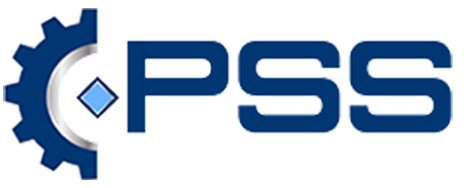Ideally the Management of Change element is implemented to ensure that a change in the process is managed in such a way to ensure that process safety risks of the change are addressed…not to create more “paperwork”. If we are completely honest, a lot of facilities complete the “MOC” after the change is already completed, and others use the MOC as the process to make sure everything was updated or addressed. When an MOC is done after the change is completed, the risk of the change itself is never fully evaluated until after the change is implemented making it even harder to revert back to the original design. Another common issue seen during compliance audits is the failure to update Process Safety Information (PSI). This may not seem like a significant issue if all the other items have been addressed but consider the cumulative effects over time. The Process Hazard Analysis (PHA) should be based on accurate and complete PSI, the lack thereof can result in hazards either missed or not evaluated properly which can lead to catastrophic failures. Lastly, there are still way too many facilities that only manage a change based on whether the proposed change is major or minor in scope. It should be obvious that this is not the way to manage change if we want to reduce process safety risk.
Based on reviews of literally hundreds of “Management of Change” programs via compliance audits, the most effective programs are those that have a workflow process that puts significant emphasis on the Pre-Startup and Safety Review (PSSR). It is far more beneficial to first make sure, through your MOC checklist, that changes that can affect process safety such as PSI, Operating Procedure, Safe Work Practice, Mechanical Integrity Procedure and Practice as well as other items are properly managed. Ensuring that all information and work practices have been updated will help to ensure current and accurate design information and also validate that the facilities management of change and PSSR processes are effective. Lastly, using an electronic MOC and PSSR process rather than paperwork can reduce the chances that information is missed. Electronic systems also can allow multiple personnel can take part in a single MOC rather than relegating all the documentation updates to a single person.

